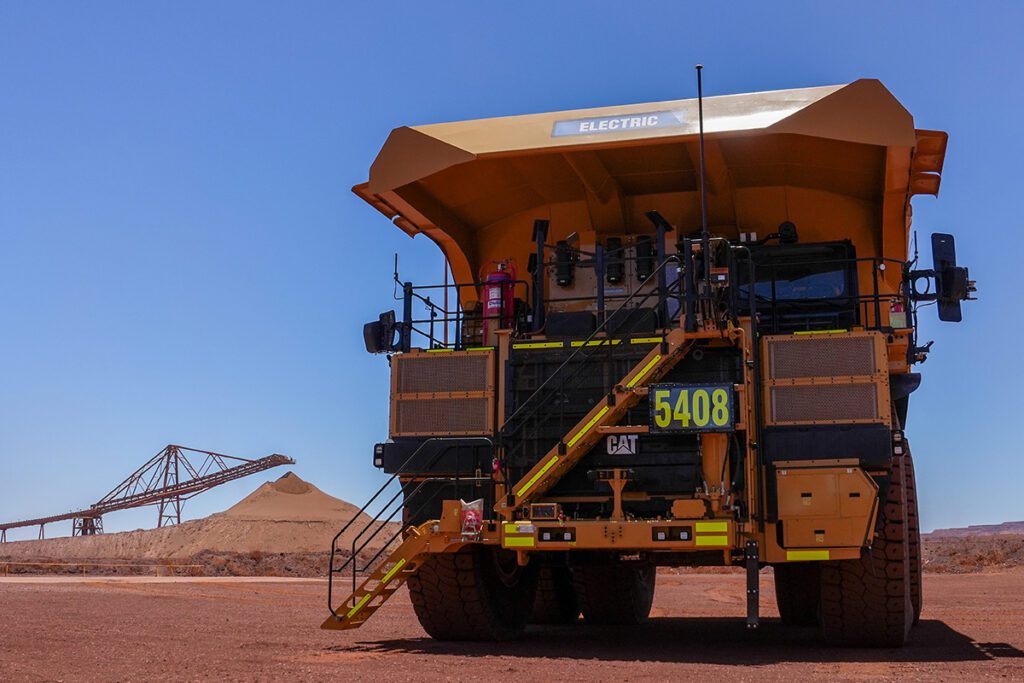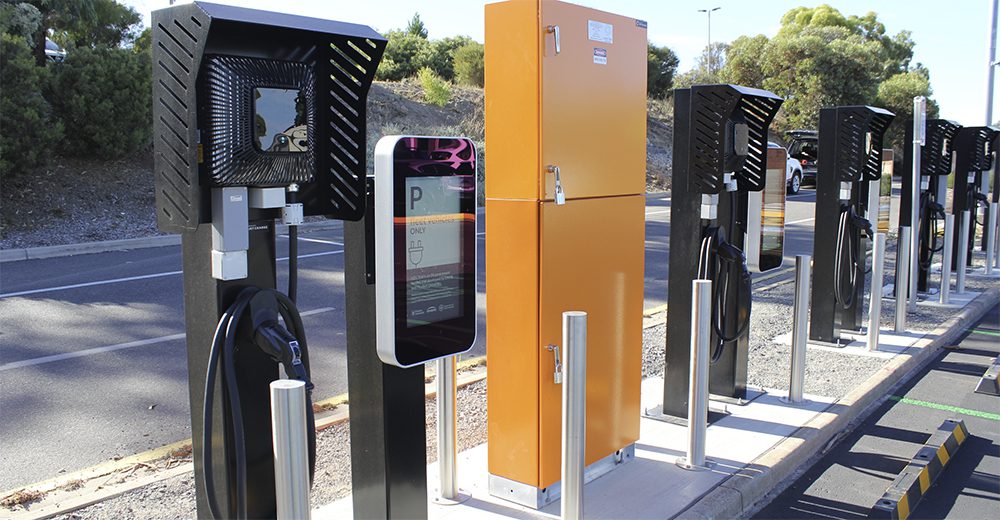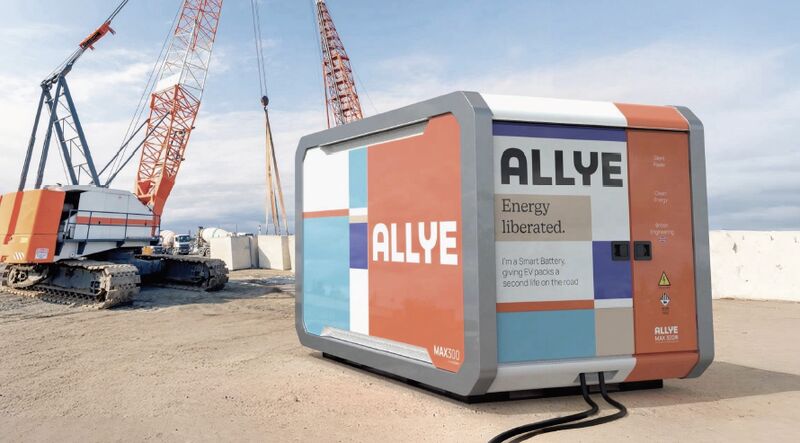Electric utilities around the world are beginning to see the benefits of e-mobility, not least because it represents a growth market for a future in which consumers will be encouraged to use less electricity. A new white paper from the Edison Electric Institute (EEI) notes that “93% of the energy consumed in transportation today comes from petroleum,” and identifies this as a big opportunity for the industry.
In Transportation Electrification: Utility Fleets Leading the Charge, EEI notes that “despite the significant opportunity to power the transportation sector with electricity, [utilities] are not yet leading by example…only about 1.7% of the vehicles purchased by electric utilities in the last five years were equipped with plug-in technology.”
The EEI’s report goes on to request that each of its member utilities dedicate 5% of its annual fleet purchase plan to plug-in vehicles. “In many applications, this choice already makes economic sense. It is an investment in the future of our business.”
The paper lists the various types of vehicles typically used by utility fleets, and describes the electrification options currently available. It finds that plug-in technologies are available and cost-effective for a number of fleet applications today.
To help guide the effort, the EEI has designated Tony Earley, CEO of Pacific Gas & Electric, and Jim Piro, CEO of Portland General Electric, as co-chairs of the EEI Electric Transportation Task Force, which will champion the issue of electrification within the utility industry.
“Plug-in cars and trucks can make good business sense whether you’re a utility or any other business that operates a fleet of vehicles,” says Jim Piro. “At PG&E, we’ve been working hard to support electric vehicle policy and infrastructure in Oregon, but we’ve also done the internal analysis and piloting needed to confirm it’s time to build fleet electrification into our own budget. We encourage other utilities to do the same.”
According to the paper, electrification of the transportation sector is a “quadruple win,” as it will enable utilities to support environmental goals, build customer satisfaction, reduce operating costs, and assure the future value of existing assets.
The expansion of electric-based vehicles in utility fleets will help utilities to reduce operating costs for fuel and maintenance; extend useful lives of the units based on their mechanical simplicity; and improve crew safety through noise reduction.
Source: Edison Electric Institute via Green Car Congress
Image courtesy of VIA Motors





































































































